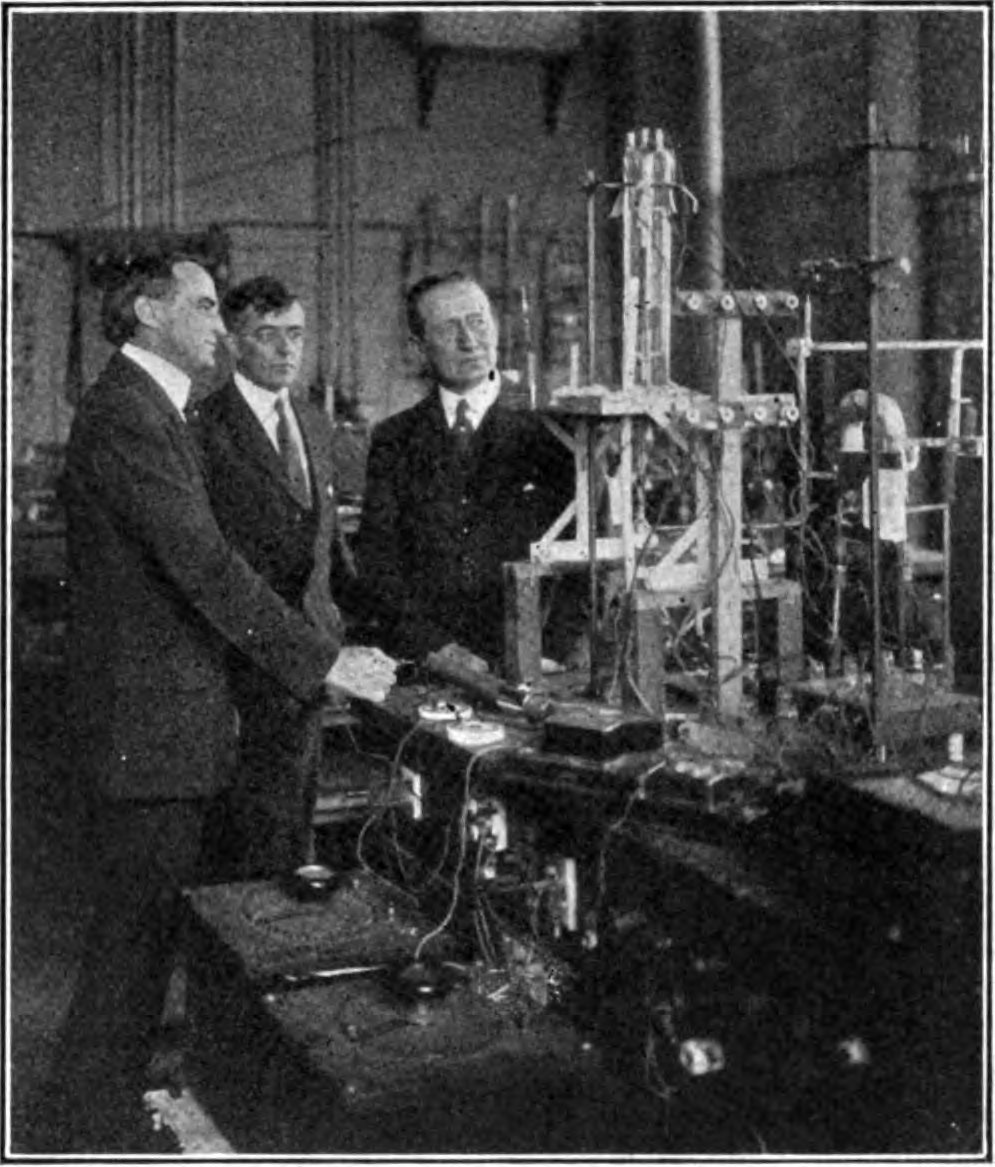|
The World's Largest Electrical Workshop
''The World's Largest Electrical Workshop'' (1938), is a 30-minute, black and white, sound documentary film produced by Tri-State Pictures for General Electric. The film examines GE's research and manufacturing facilities in the U.S. and Canada, highlights key GE inventors, and shows GE workers manufacturing a variety of products, including radios, refrigerators, televisions, and turbines. The film's entry in the 1946 ''Educational Film Guide'' describes the movie as providing "An intimate glimpse into America's largest electrical workshop, where General Electric scientists, engineers, and craftsmen contribute to the art of better living and to the protection of democracy in the forward march of electricity." Background An article in ''Business Screen'' indicates that "The World's Largest Electrical Workshop" was included in a 50-city 1939 GE appliance dealer/distributor program called "Get Over Into Clover." The program included the movie and a professional stage show. Two ful ... [...More Info...] [...Related Items...] OR: [Wikipedia] [Google] [Baidu] |
Documentary Film
A documentary film (often described simply as a documentary) is a nonfiction Film, motion picture intended to "document reality, primarily for instruction, education or maintaining a Recorded history, historical record". The American author and Media studies, media analyst Bill Nichols (film critic), Bill Nichols has characterized the documentary in terms of "a filmmaking practice, a cinematic tradition, and mode of audience reception [that remains] a practice without clear boundaries". Research into information gathering, as a behavior, and the sharing of knowledge, as a concept, has noted how documentary movies were preceded by the notable practice of documentary photography. This has involved the use of singular Photograph, photographs to detail the complex attributes of History, historical events and continues to a certain degree to this day, with an example being the War photography, conflict-related photography achieved by popular figures such as Mathew Brady during the Am ... [...More Info...] [...Related Items...] OR: [Wikipedia] [Google] [Baidu] |
General Electric
General Electric Company (GE) was an American Multinational corporation, multinational Conglomerate (company), conglomerate founded in 1892, incorporated in the New York (state), state of New York and headquartered in Boston. Over the years, the company had multiple divisions, including GE Aerospace, aerospace, GE Power, energy, GE HealthCare, healthcare, lighting, locomotives, appliances, and GE Capital, finance. In 2020, GE ranked among the Fortune 500, ''Fortune'' 500 as the 33rd largest firm in the United States by gross revenue. In 2023, the company was ranked 64th in the Forbes Global 2000, ''Forbes'' Global 2000. In 2011, GE ranked among the Fortune 20 as the 14th most profitable company, but later very severely underperformed the market (by about 75%) as its profitability collapsed. Two employees of GE—Irving Langmuir (1932) and Ivar Giaever (1973)—have been awarded the Nobel Prize. From 1986 until 2013, GE was the owner of the NBC television network through its ... [...More Info...] [...Related Items...] OR: [Wikipedia] [Google] [Baidu] |
Alois Havrilla
Alois Havrilla (July 6, 1891 – December 8, 1952) was an American radio announcer and singer, best known for his role as announcer on ''The Jack Benny Program'' from 1933-1934. Early years Havrilla was born on July 6, 1891, in Pressov, Austria-Hungary, and came to the United States with his family when he was four years old. His father, John, was a pharmacist who brought his family to Bridgeport, Connecticut. Havrilla spoke no English when he arrived, and that condition continued as he attended a Bridgeport school in which classes were taught in his native language. As a little boy he sang folks songs of his native land at church parties and social events. He began to learn English at age seven, as John Baker, who was choir director at Bridgeport Trinity Church, taught him singing and speech. At that time he had an alto voice with a three-octave range, but by age 16 his voice had changed to baritone. Havrilla became an apprentice civil engineer with a railroad in New England ... [...More Info...] [...Related Items...] OR: [Wikipedia] [Google] [Baidu] |
Willis Whitney
Willis Rodney Whitney (August 22, 1868 – January 9, 1958) was an American chemist and founder of the research laboratory of the General Electric Company. He is known as the "father of industrial research" in the United States for blending the worlds of research and industry together; which at the time, were two very distinct careers. He is also known for his corrosion theory of iron which he developed after studying at M.I.T. and the University of Leipzig. Whitney was also a professor at M.I.T. for some time before his career transition into research directing. He received many awards, including the Willard Gibbs medal, the Franklin medal, the Perkin medal, the Edison medal, the John Fritz medal, the Chandler medal, and many others. He was an astute believer in researching and experimenting for pleasure and voiced his belief at various science conferences. Personal life Whitney was born in Jamestown, New York, the son of John Jay Whitney and Agnes (''nee'' Reynolds) Whitney ... [...More Info...] [...Related Items...] OR: [Wikipedia] [Google] [Baidu] |


